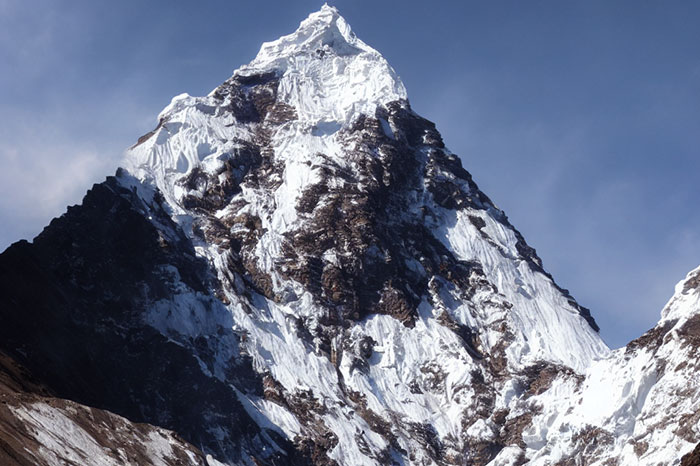
Most Popular Tibet Tour Packages

6-Day Tibet Cultural Tour: Lhasa, Gyantse & Shigatse 2024 | UNESCO Sites & Himalayan Landscapes
Lhasa→Kadinggou→Nyingchi→Segrila Pass→Lulang Forest→Biri Holy Mountain→Basomtso Lake→Cuozong Temple→Jieba Village→Lhasa→Yamdrok Lake→Karola Glacier→Shigatse→Tashi Lhunpo Monastery→Lhasa
From USD890 p.p

5-Day Sichuan Loop Tour: Mount Gongga, Tibetan Villages & Stargazing | WLTAgency
Chengdu → Mt. Siguniang (Shuangqiao Valley) → Danba/Jiaju Tibetan Village → Yala Snow Mountain Viewpoint → Moshi Park → Tagong Grassland → Yuzixi → Xinduqiao → Honghaizi → Mugecuo Scenic Area → Chengdu
From USD443 p.p
 |
WhatApp: +8615902884870
|
